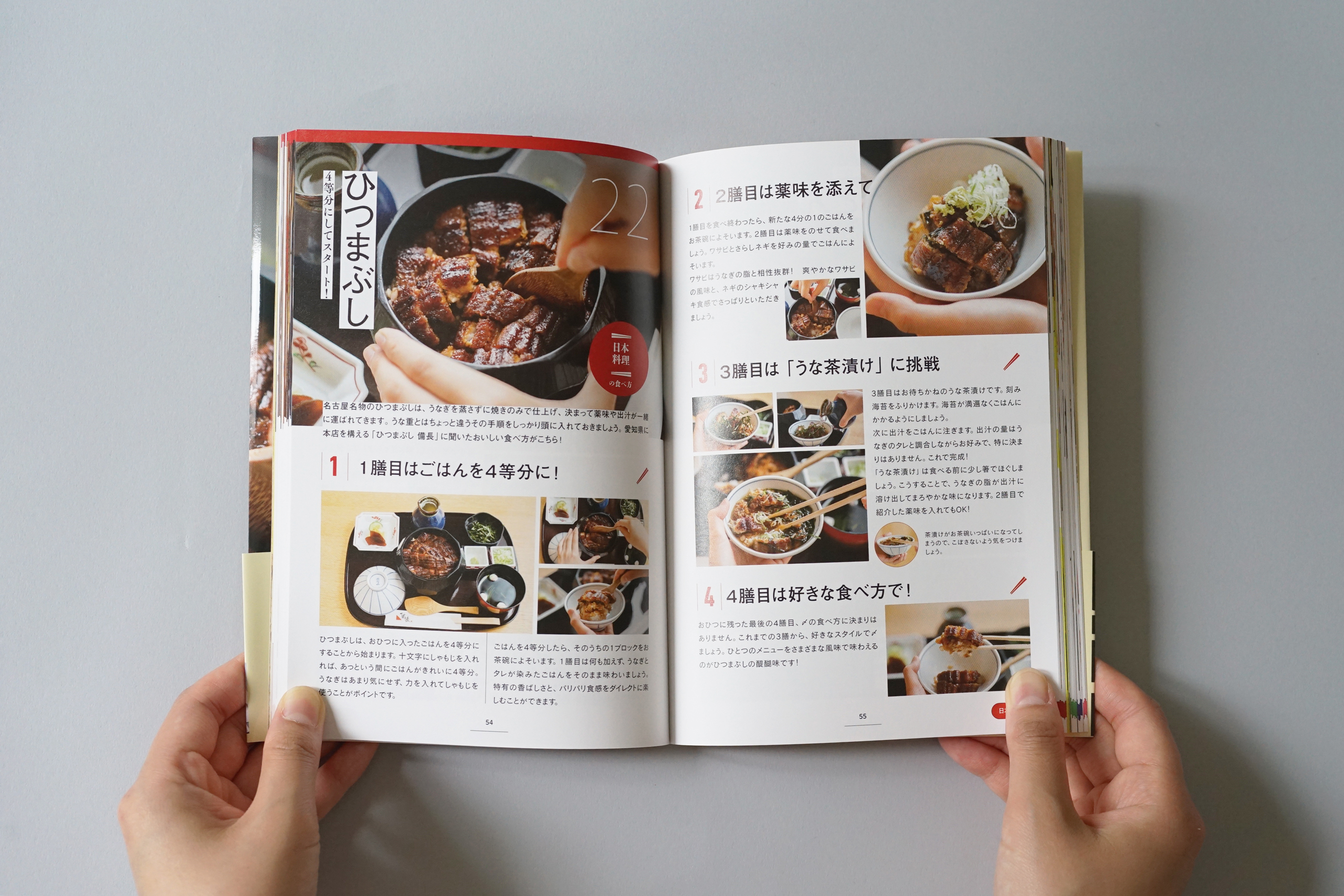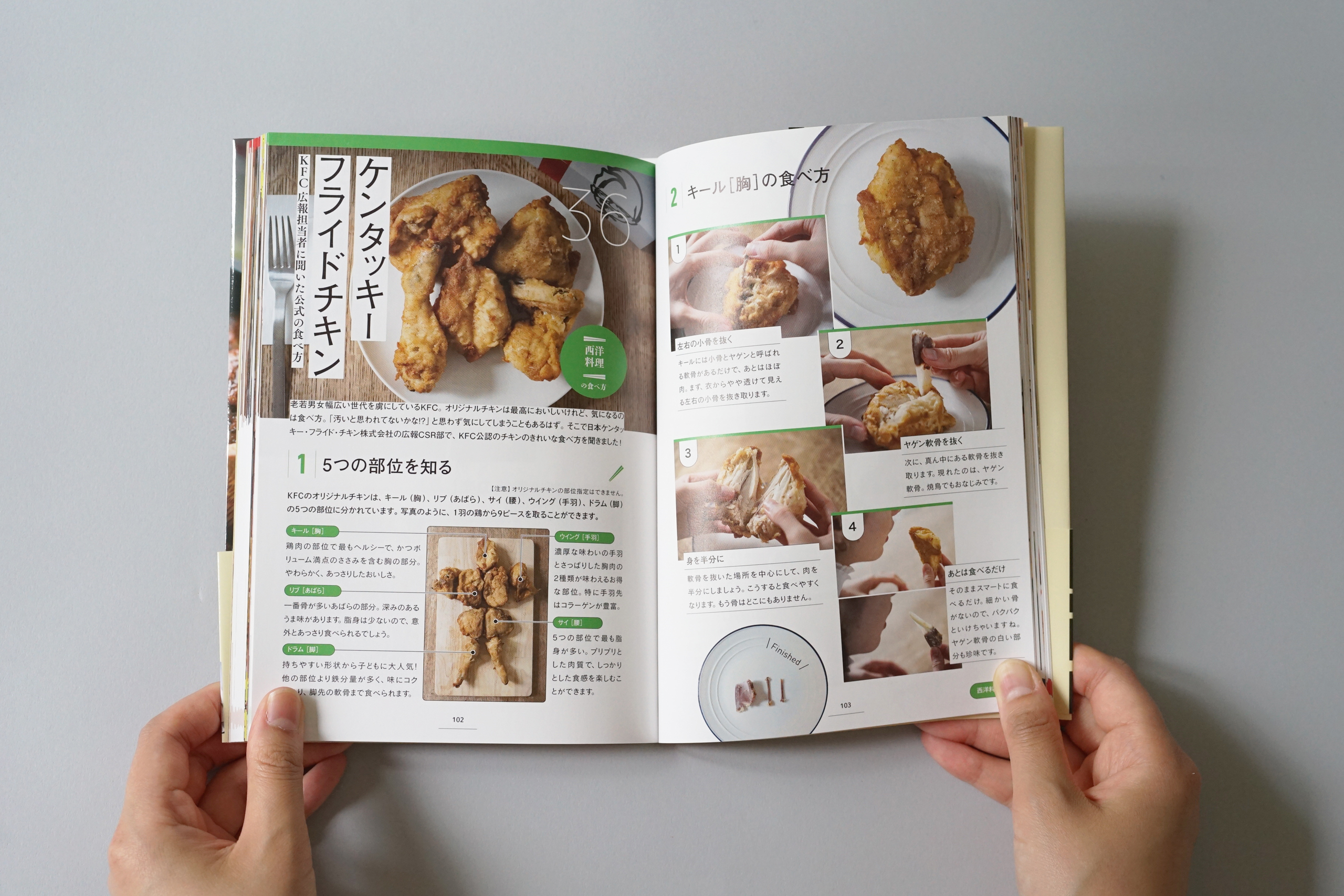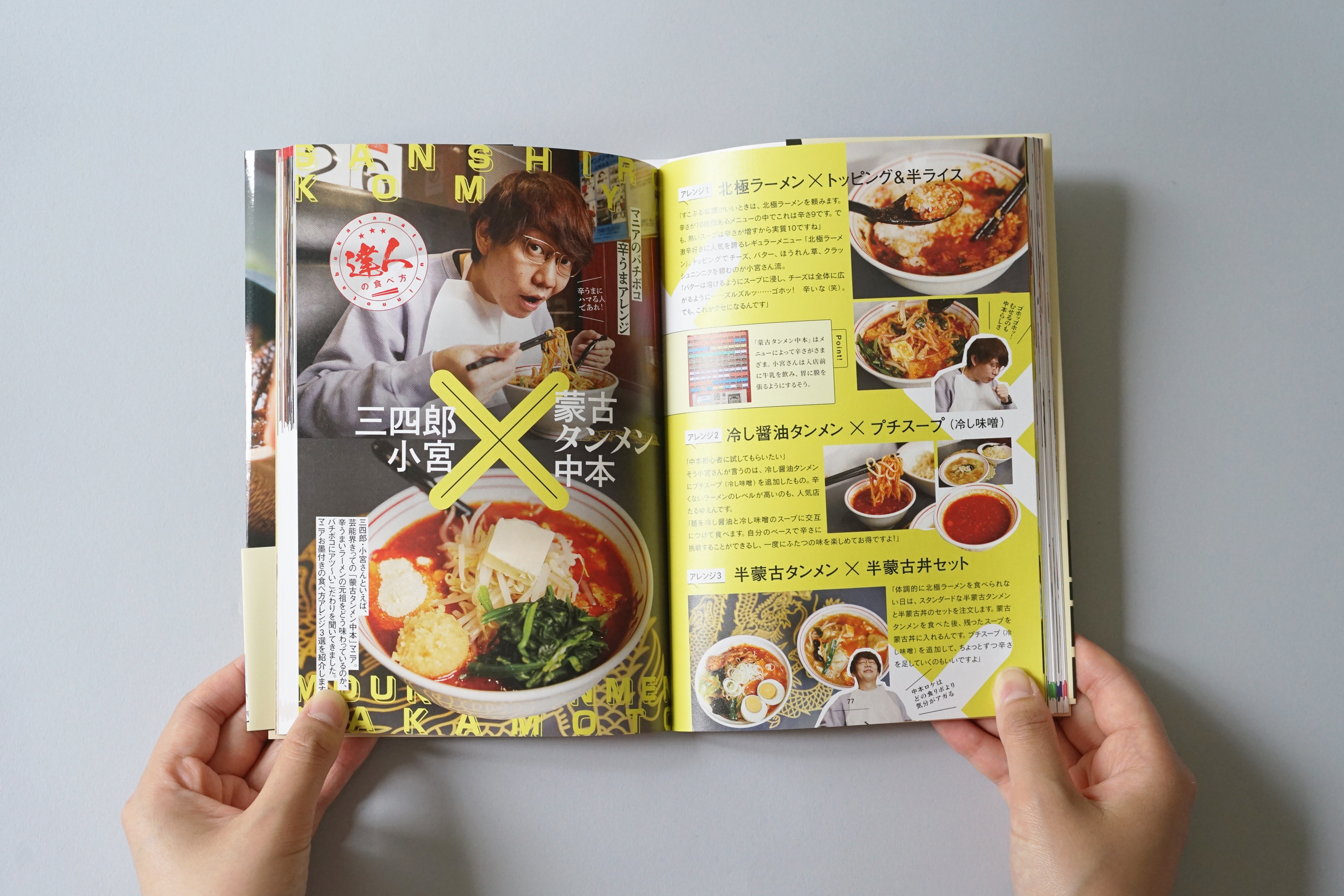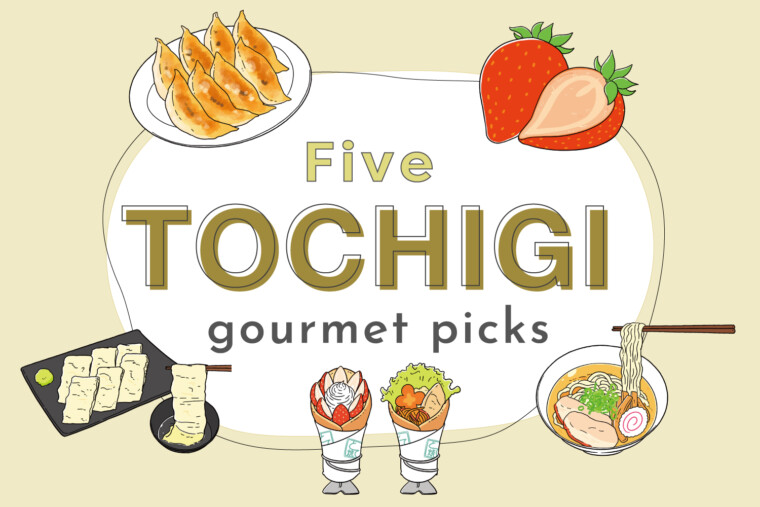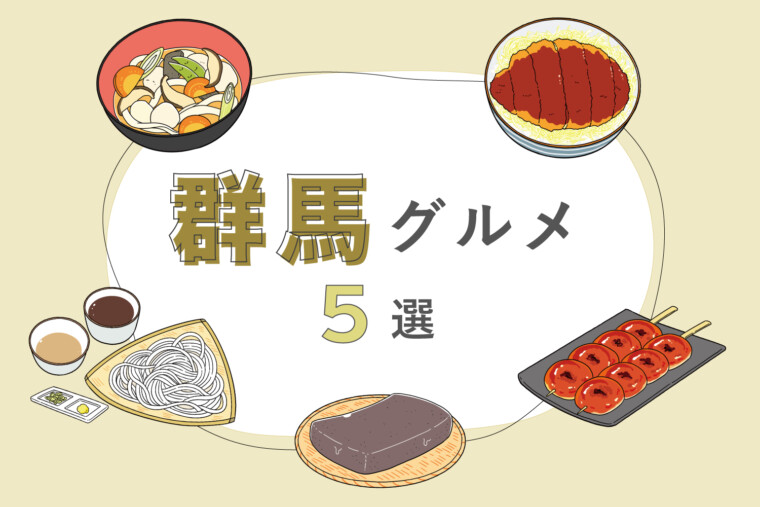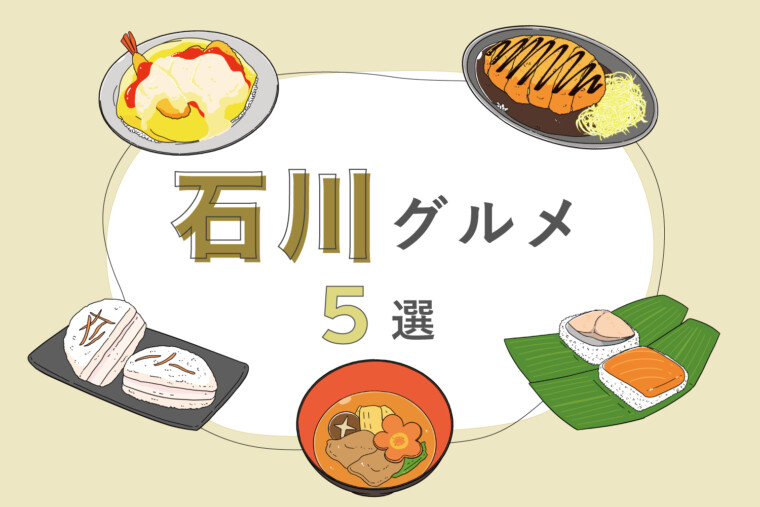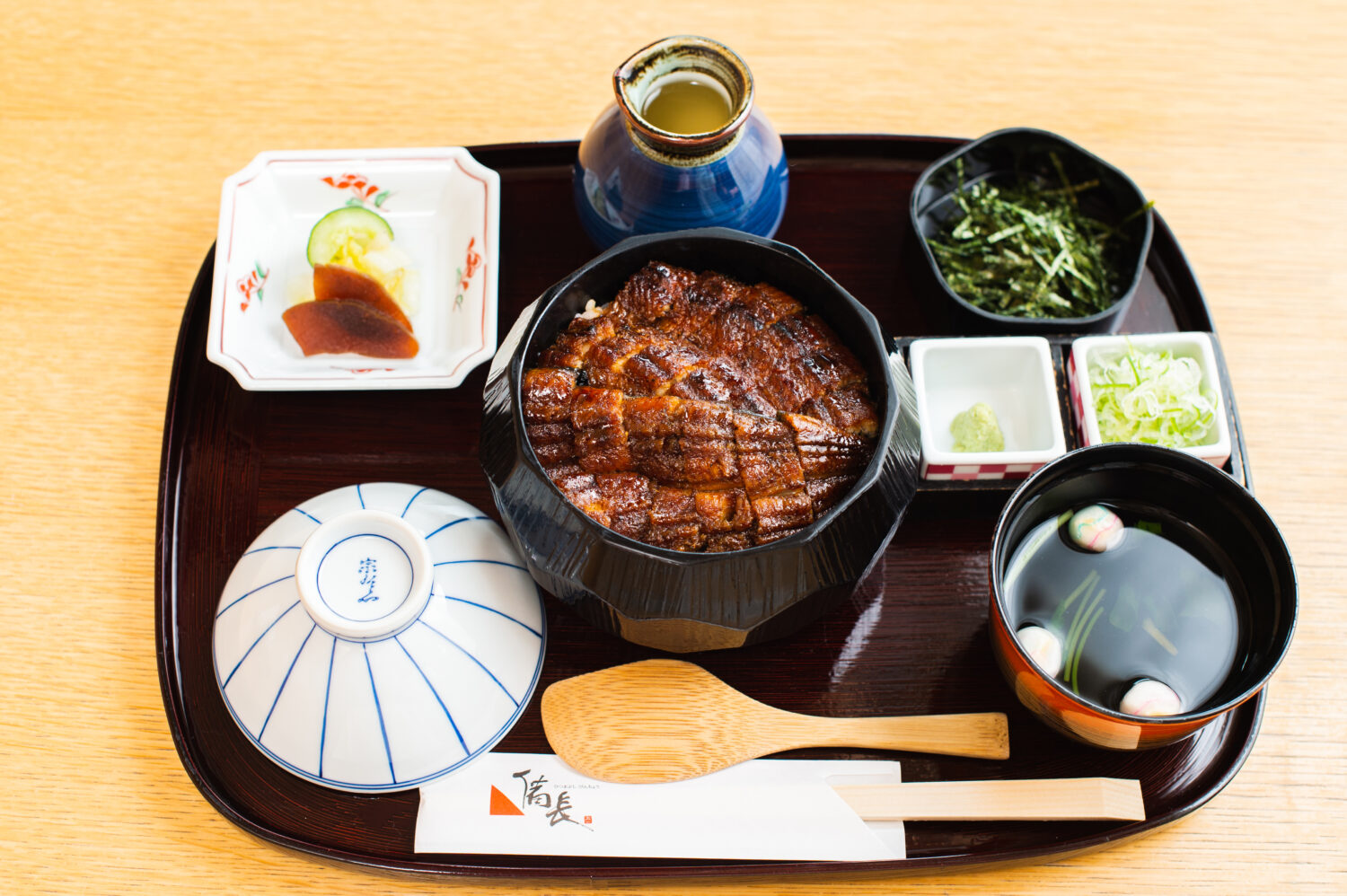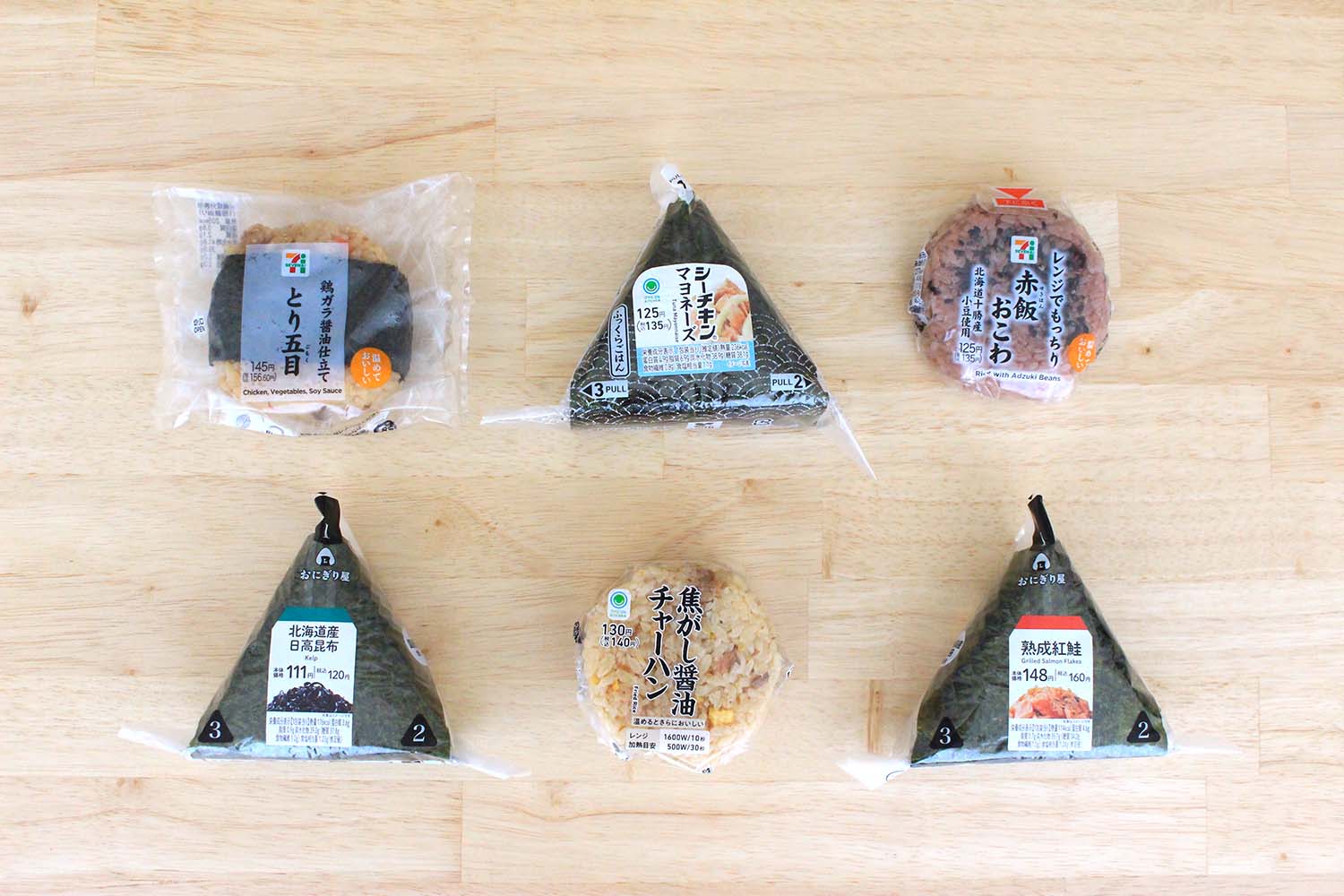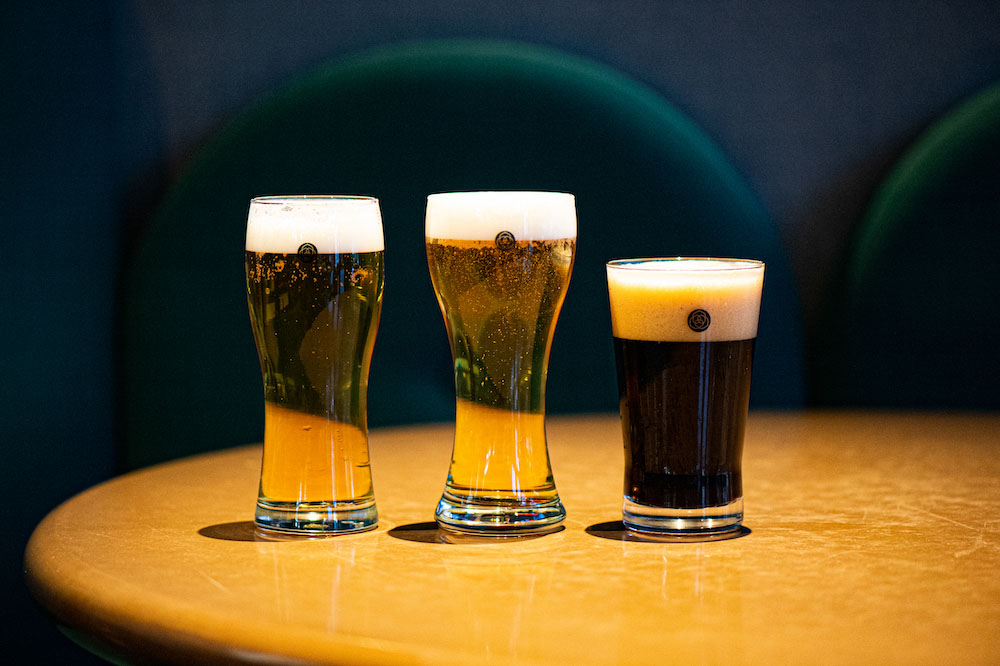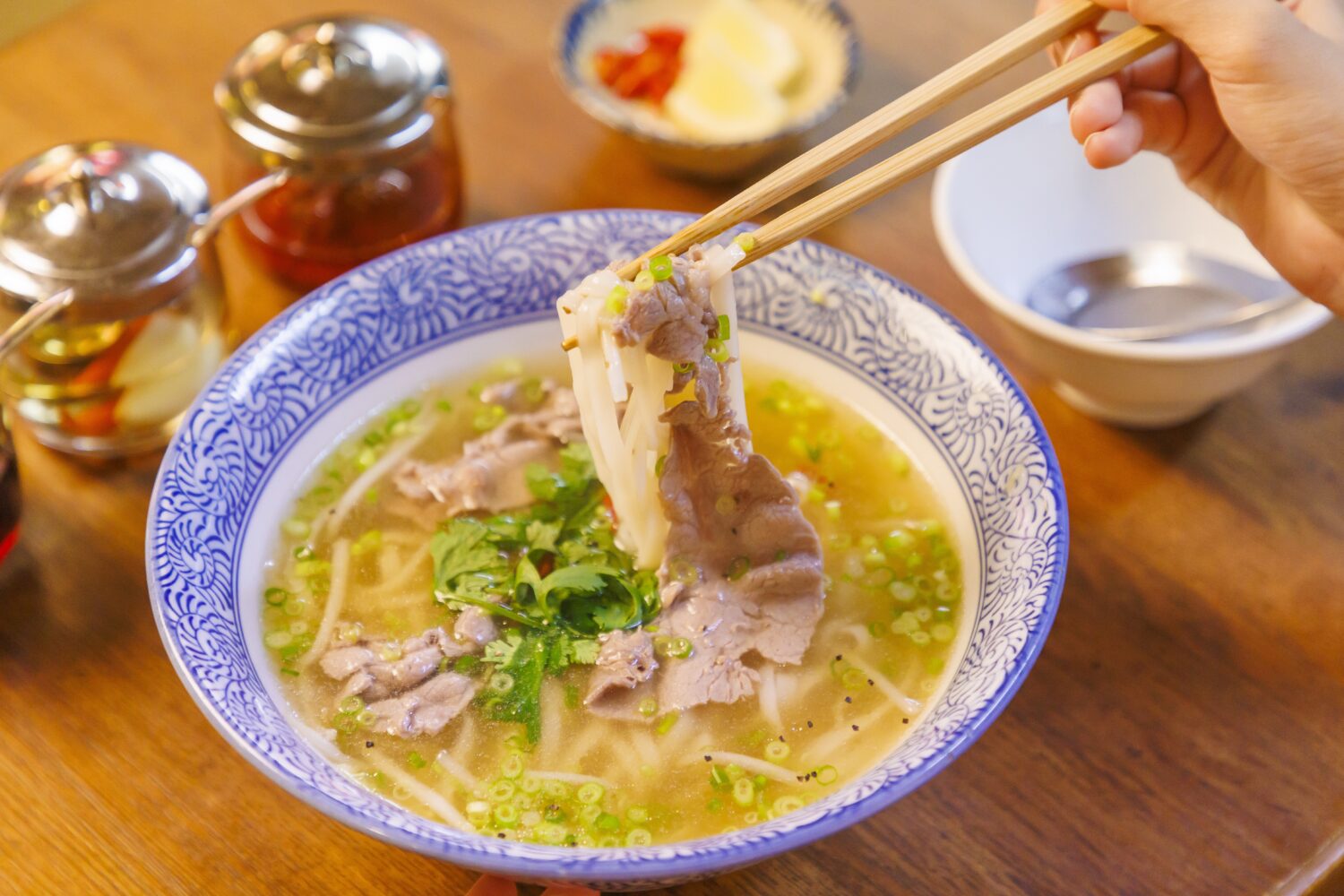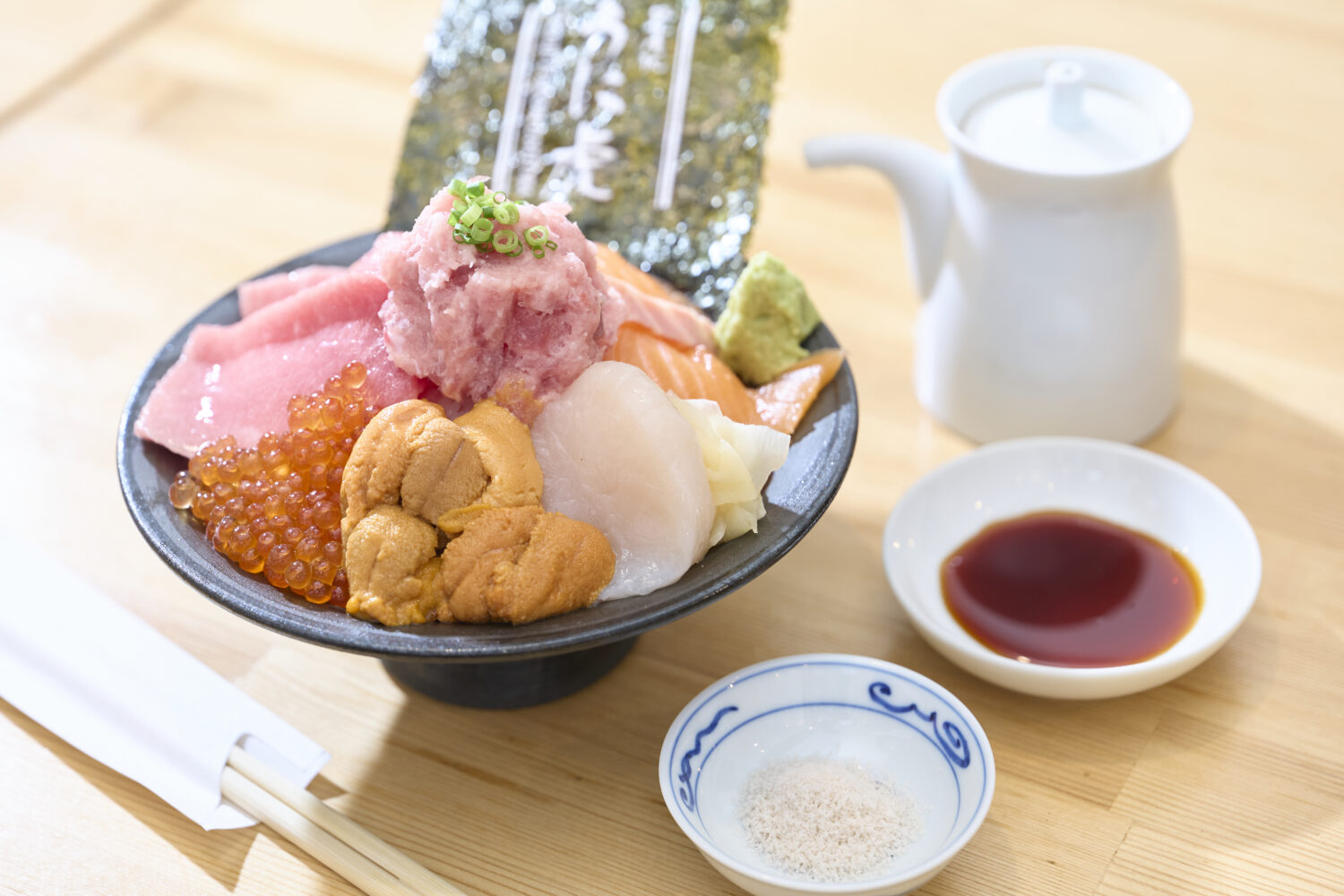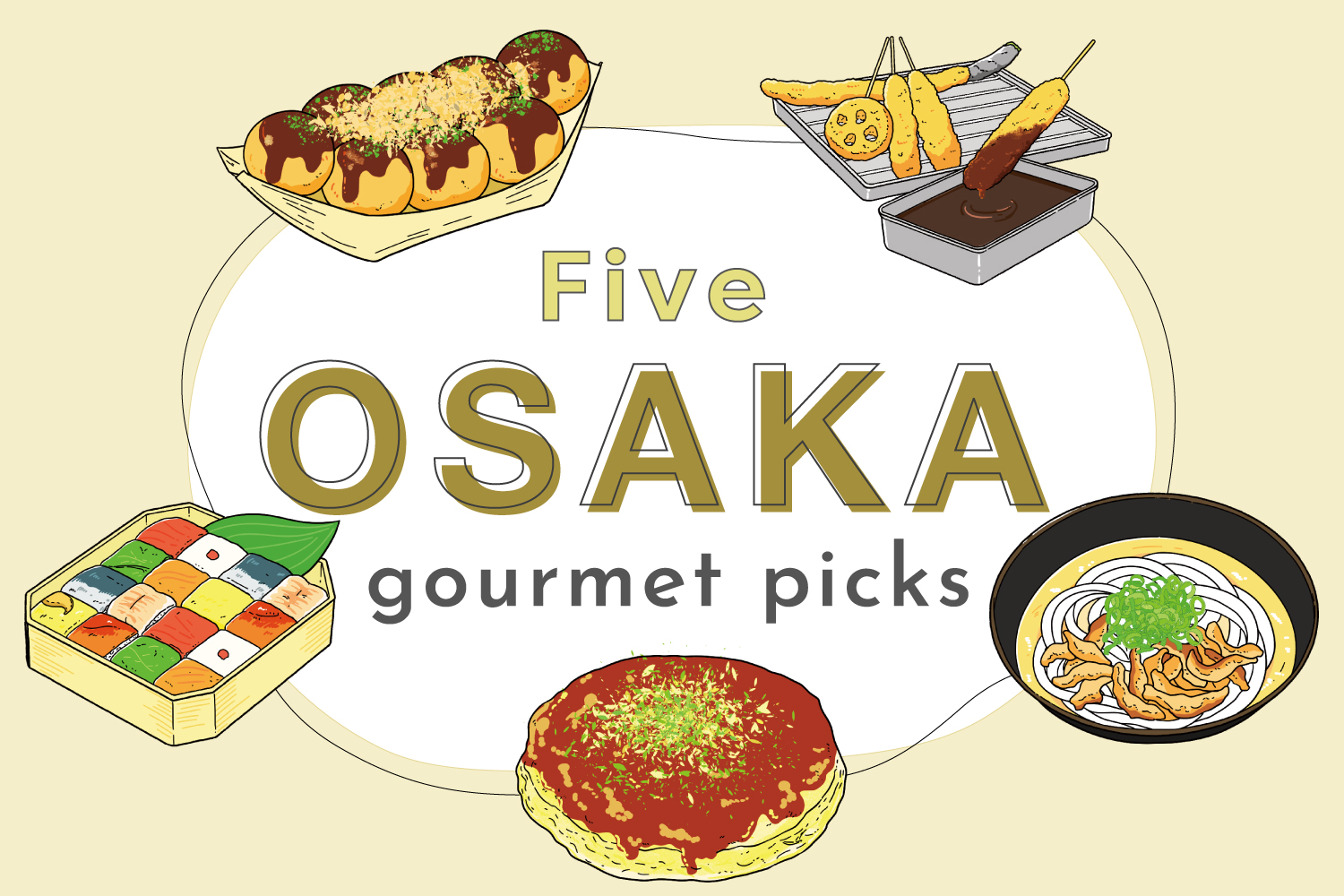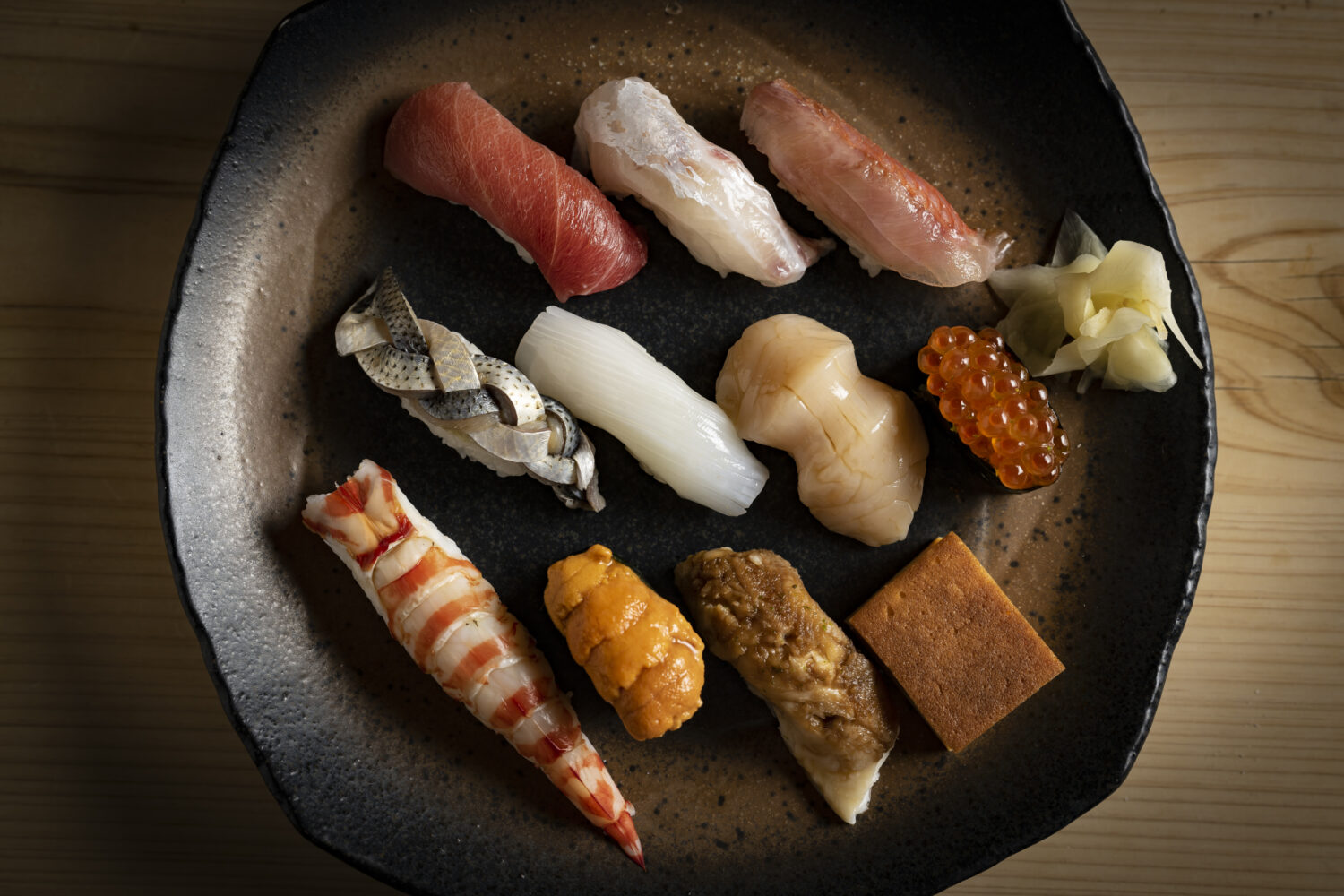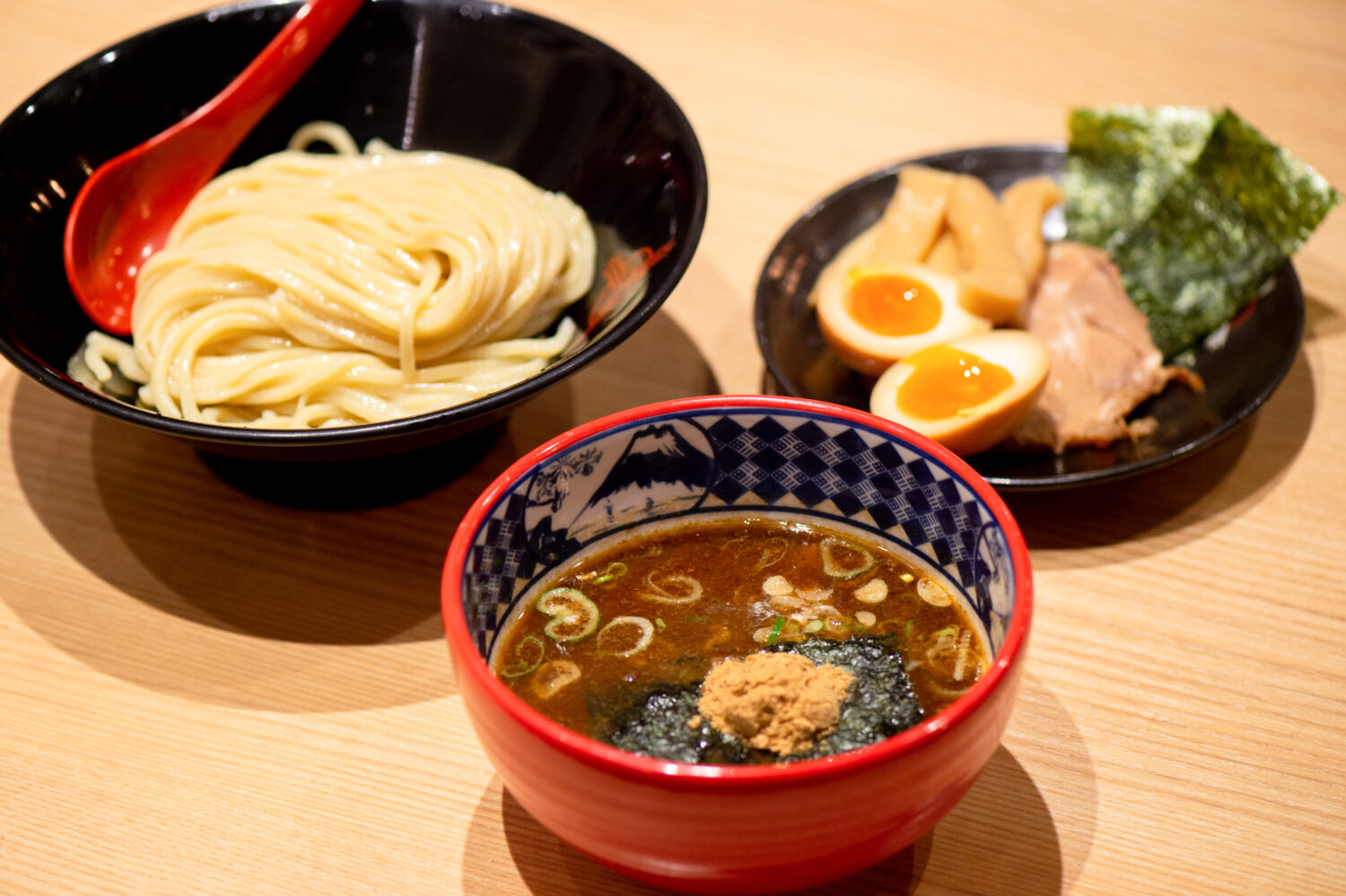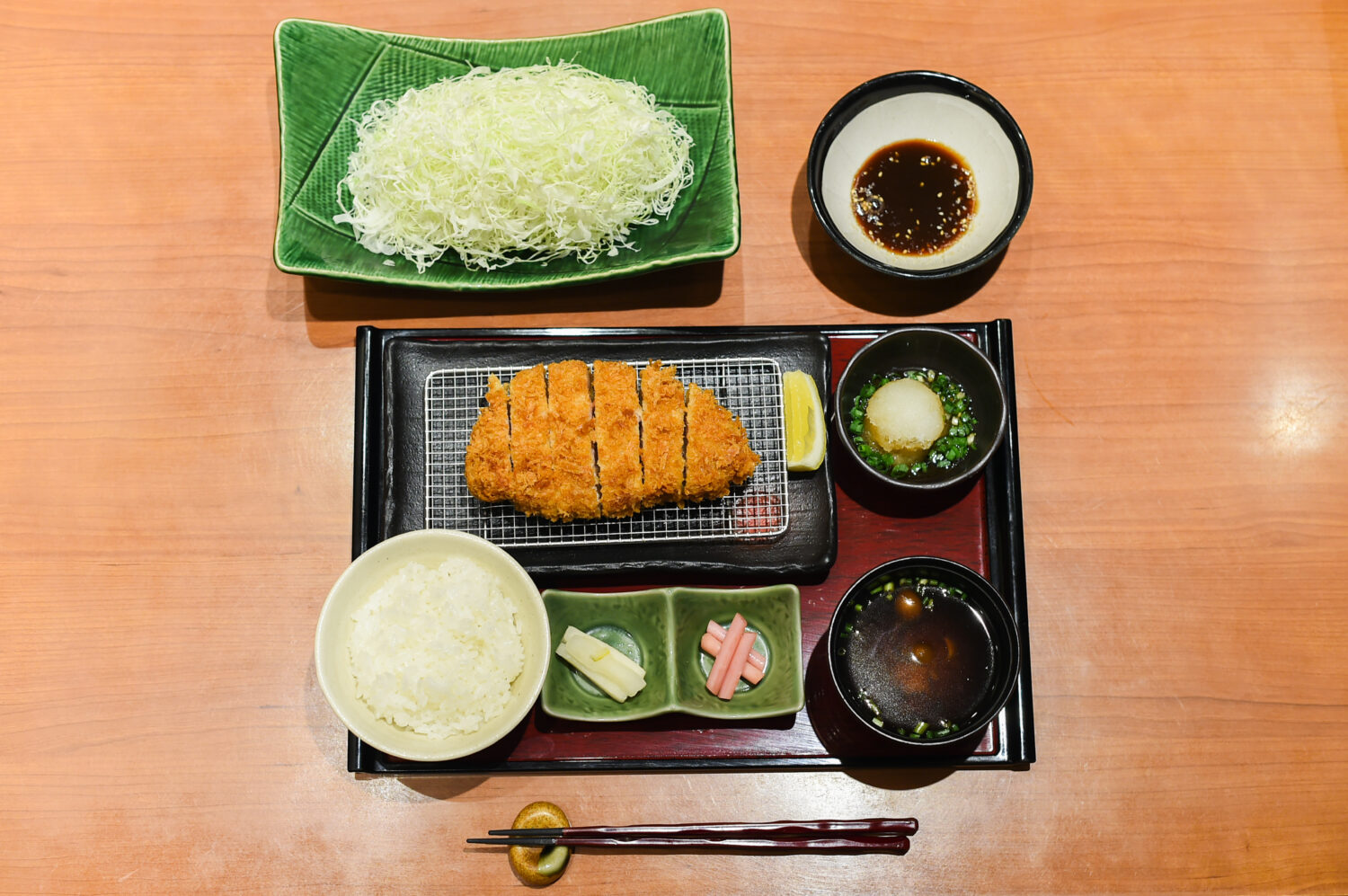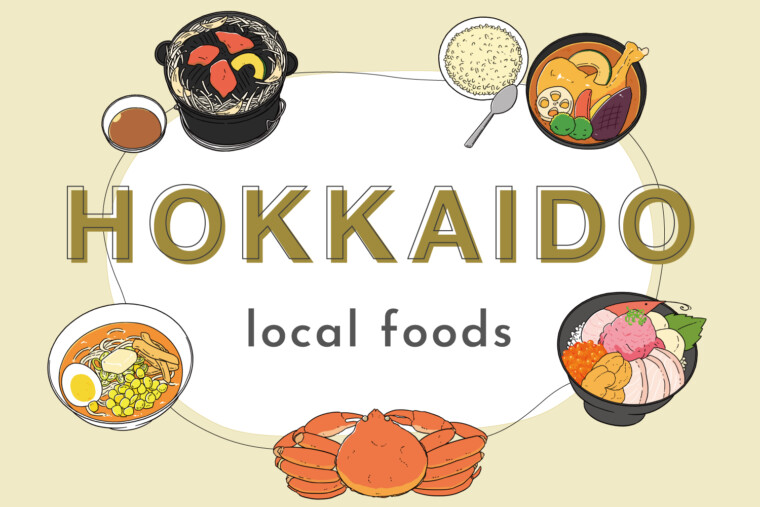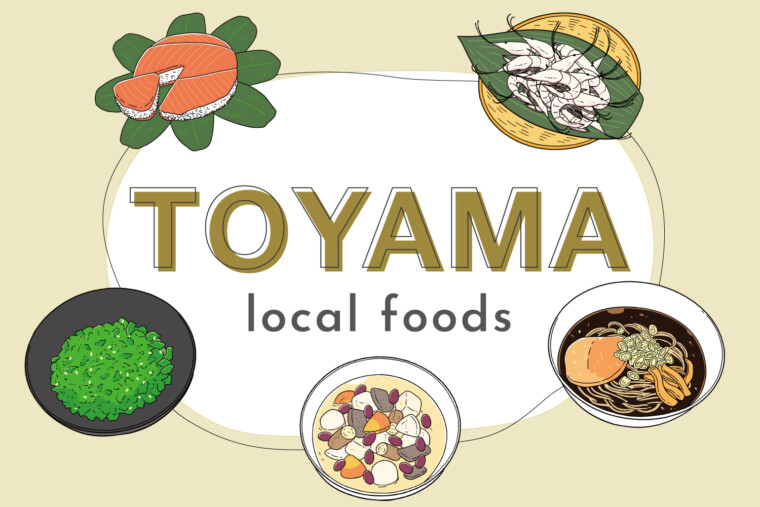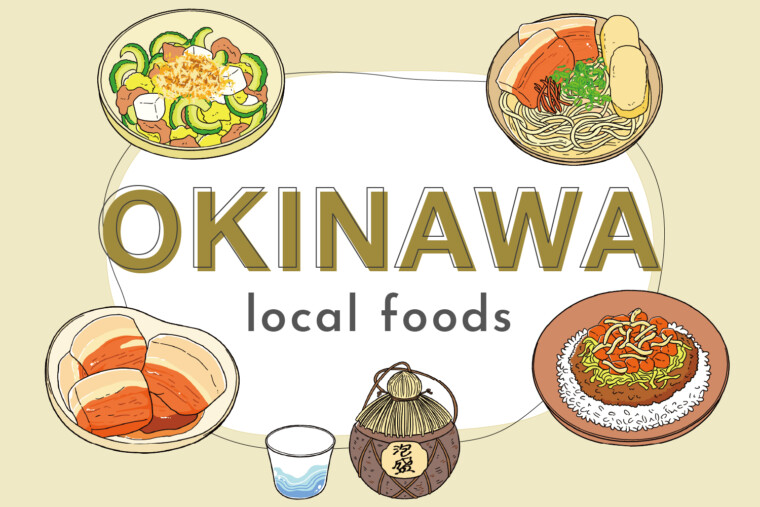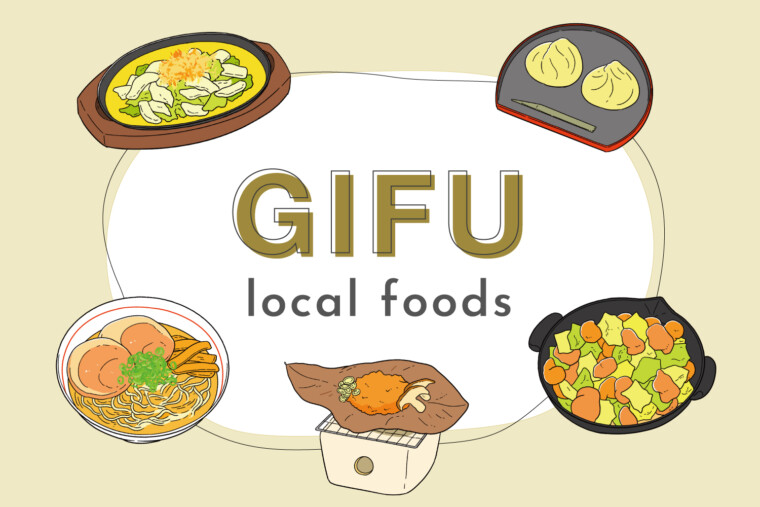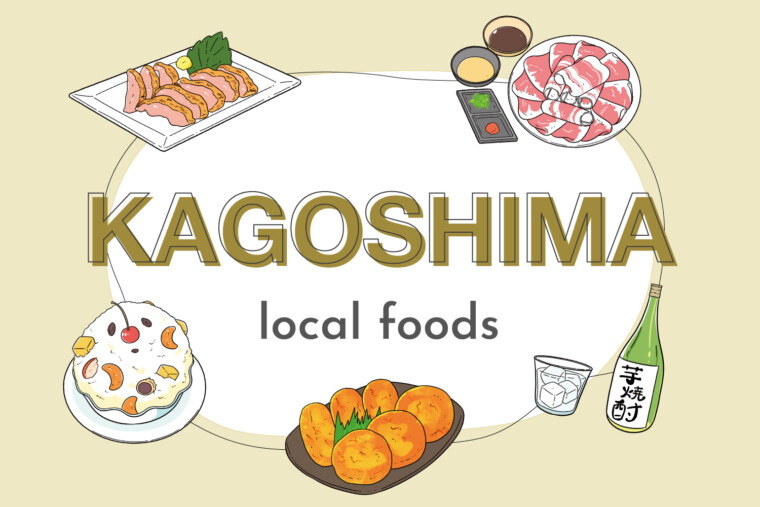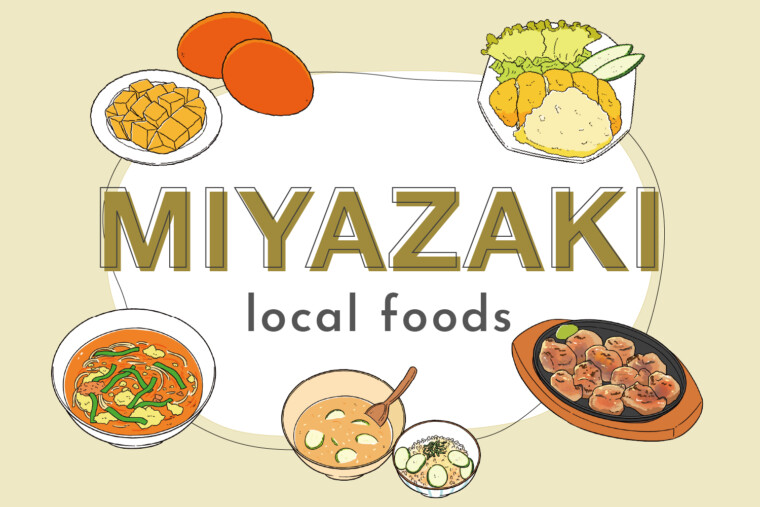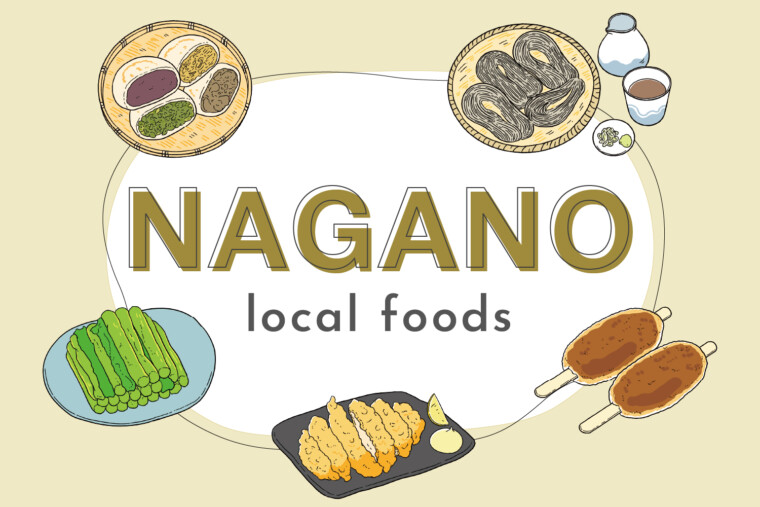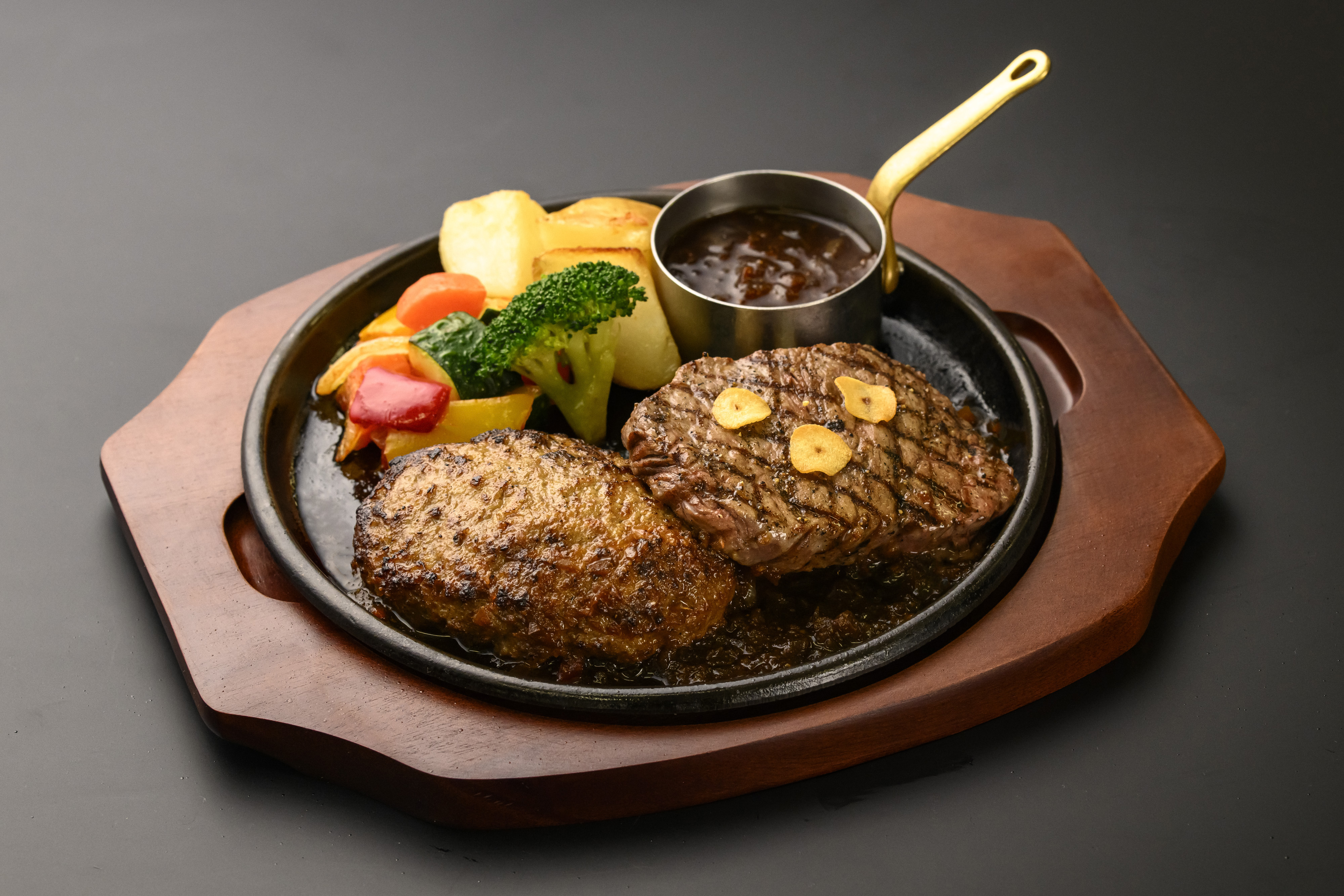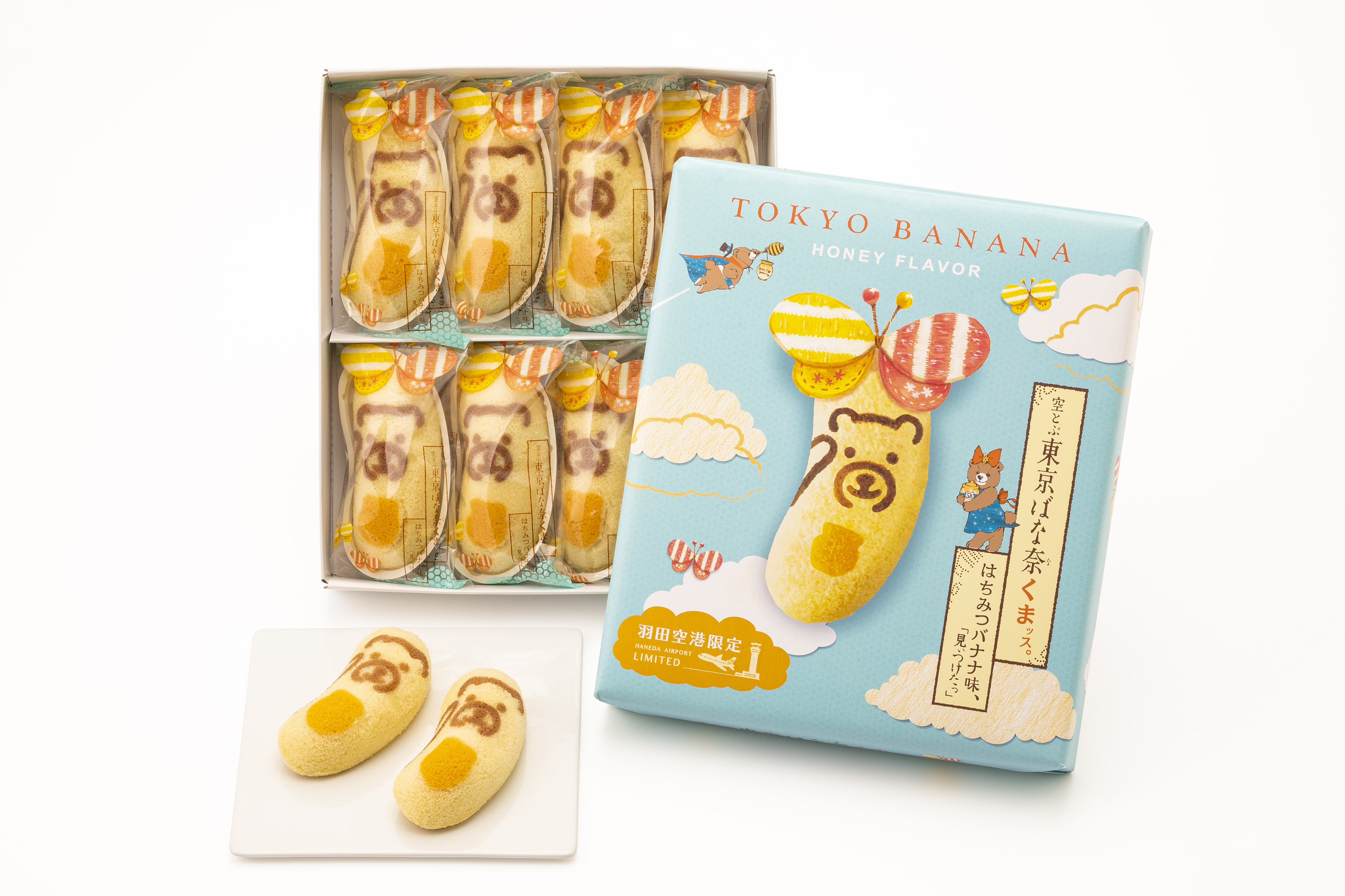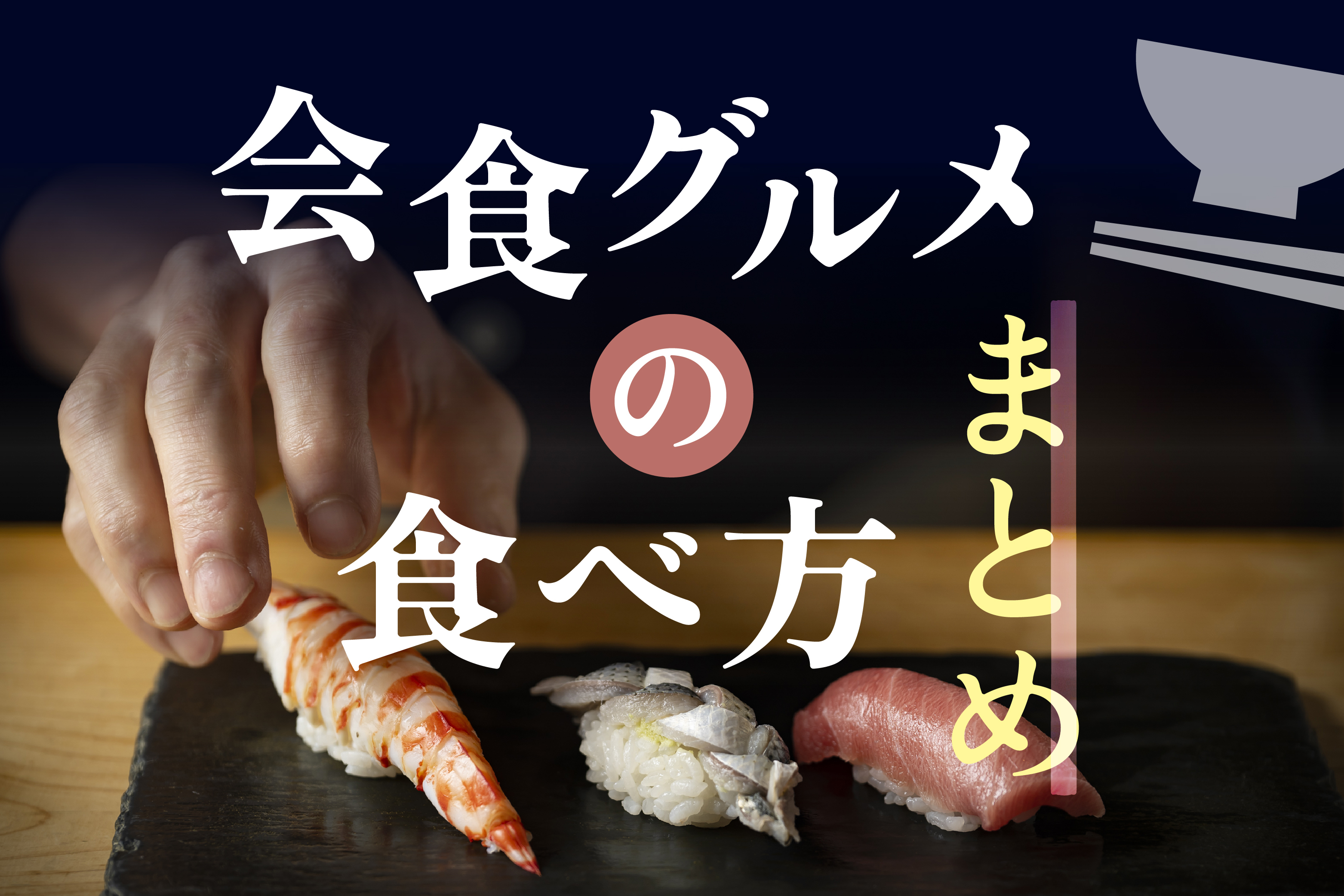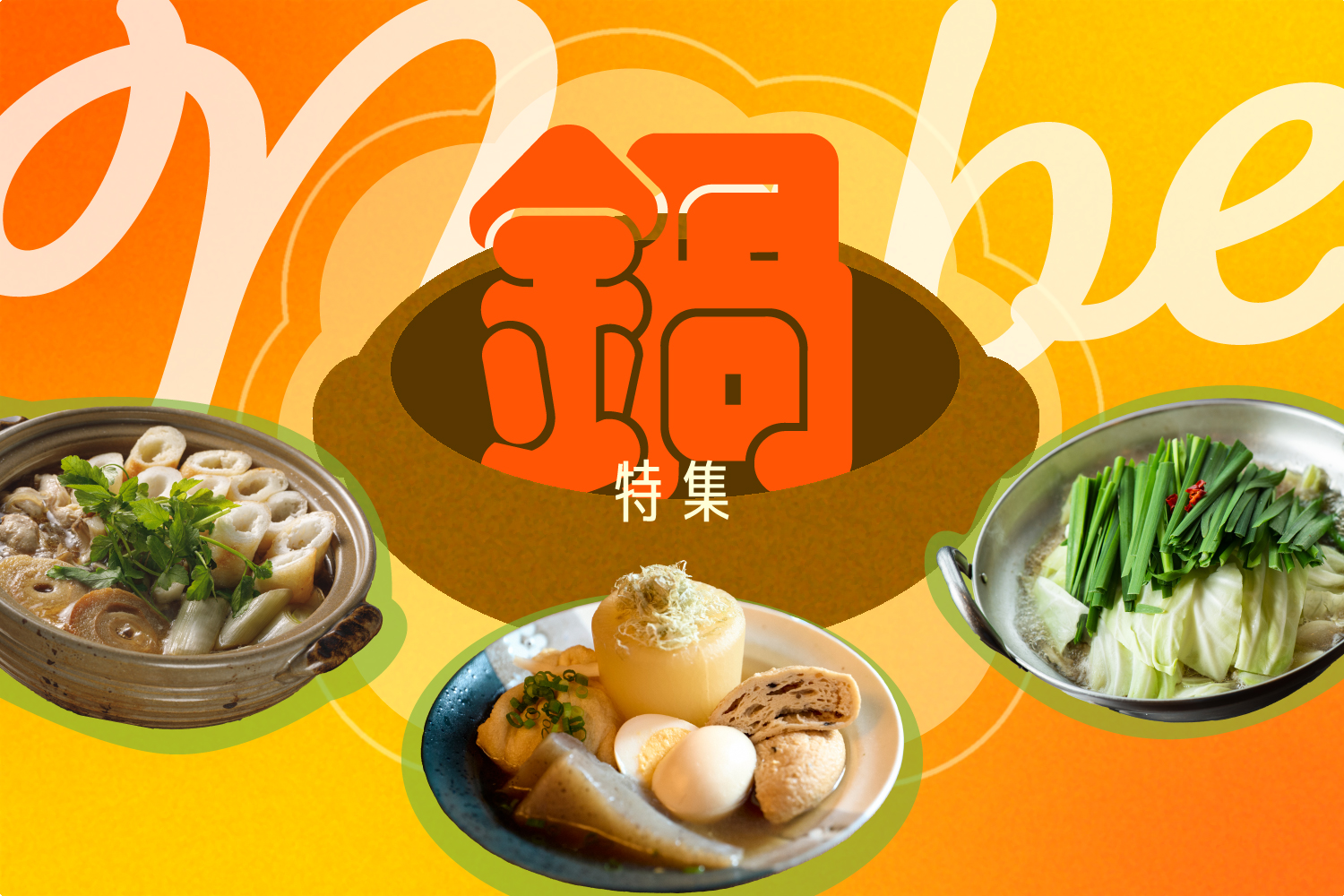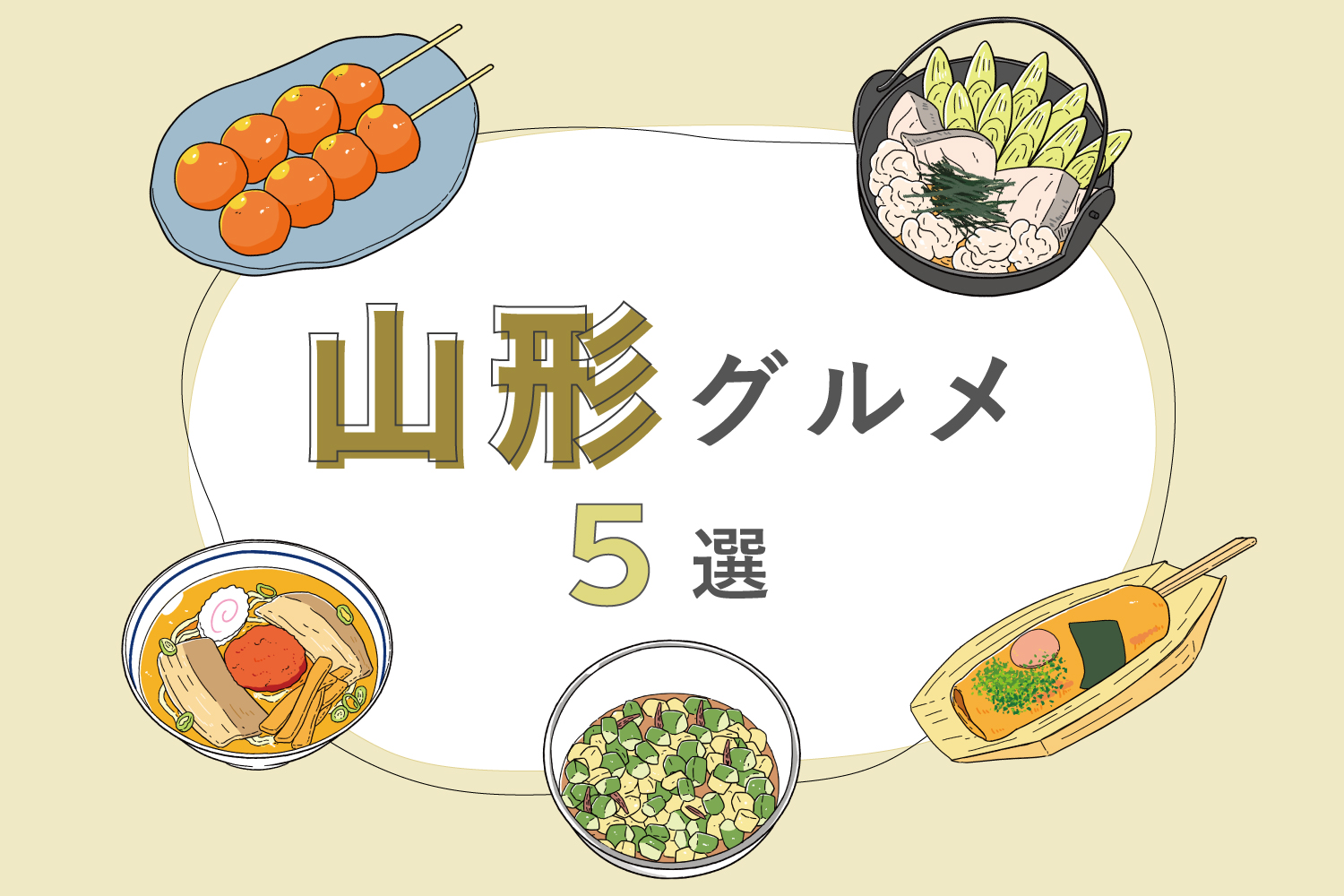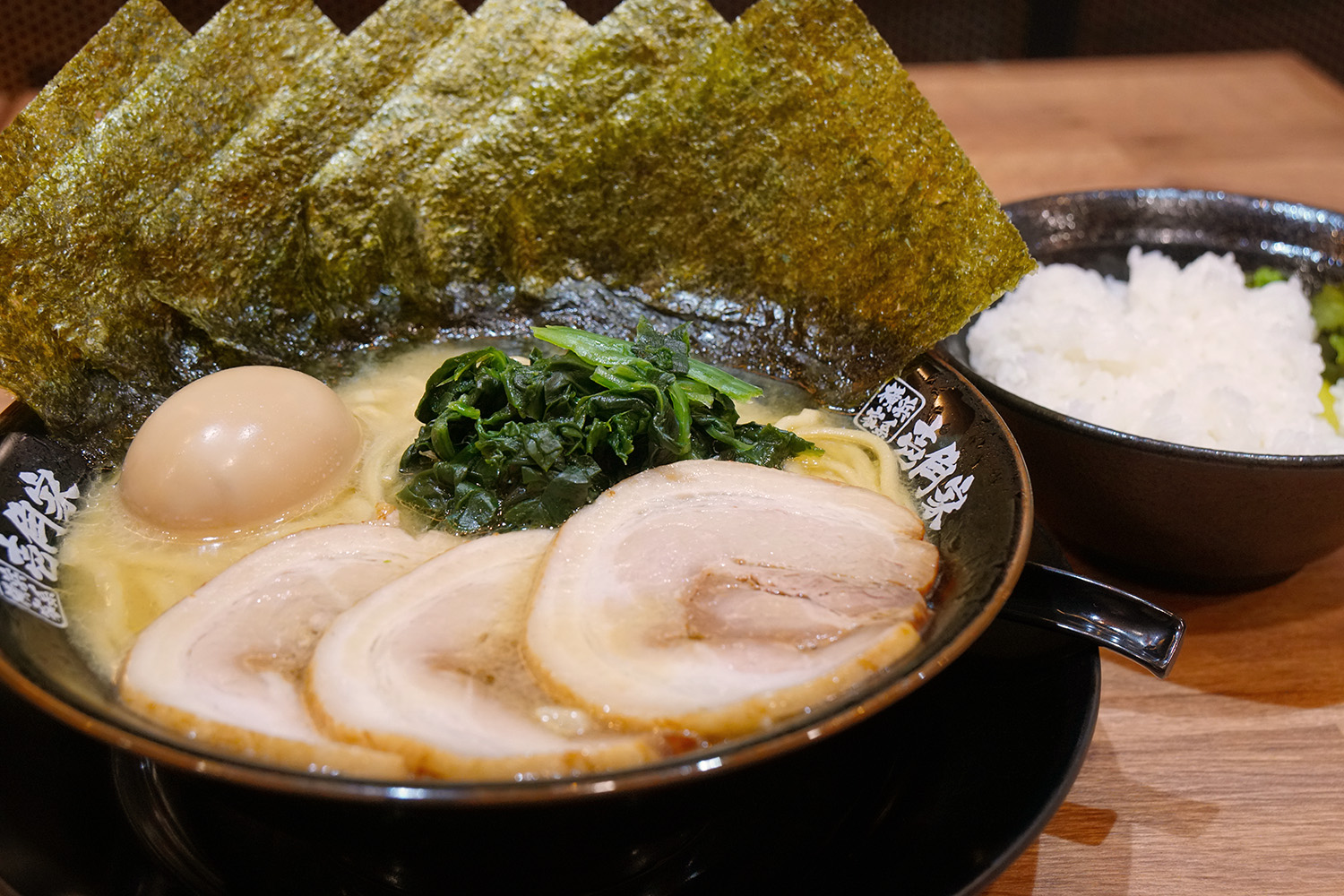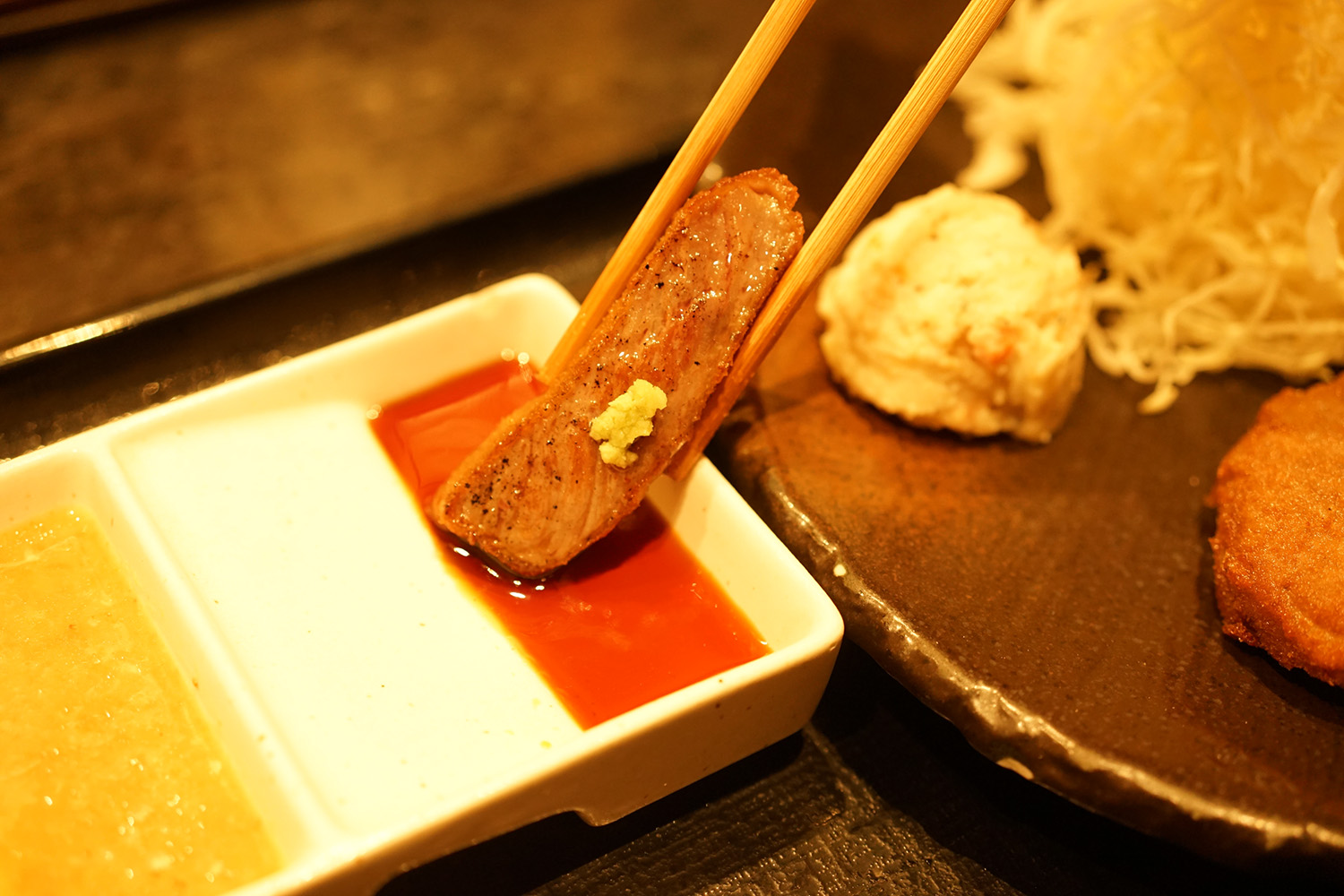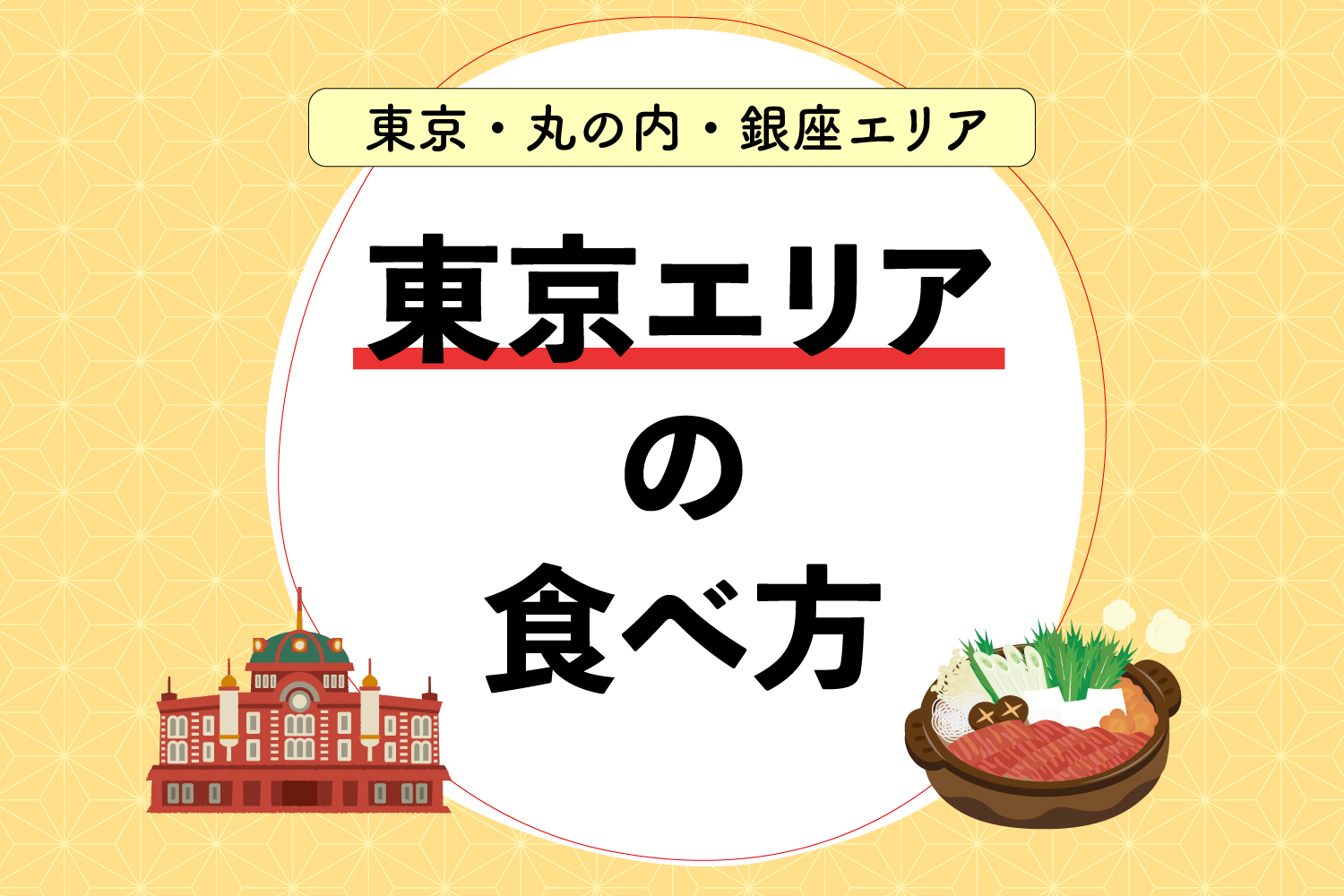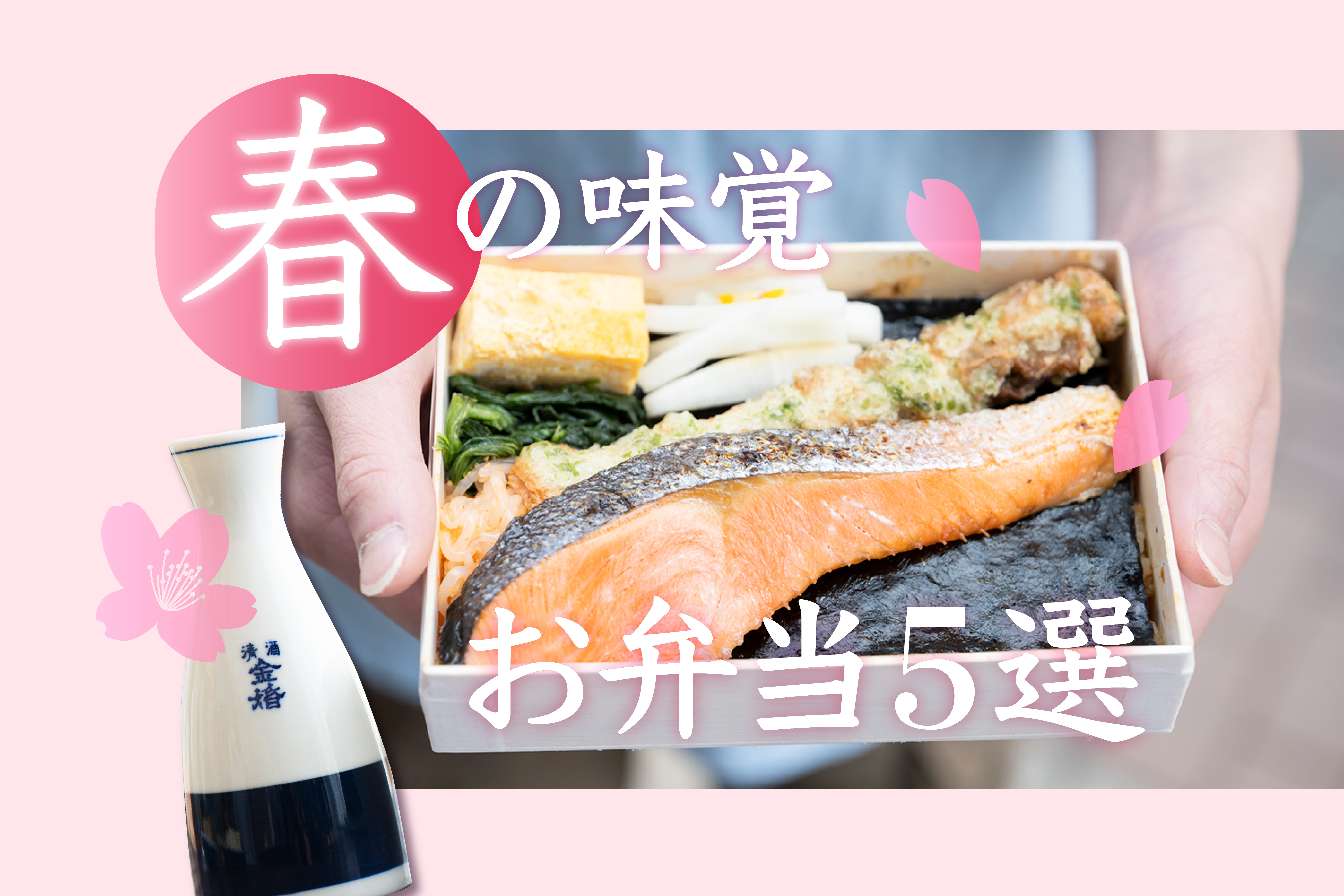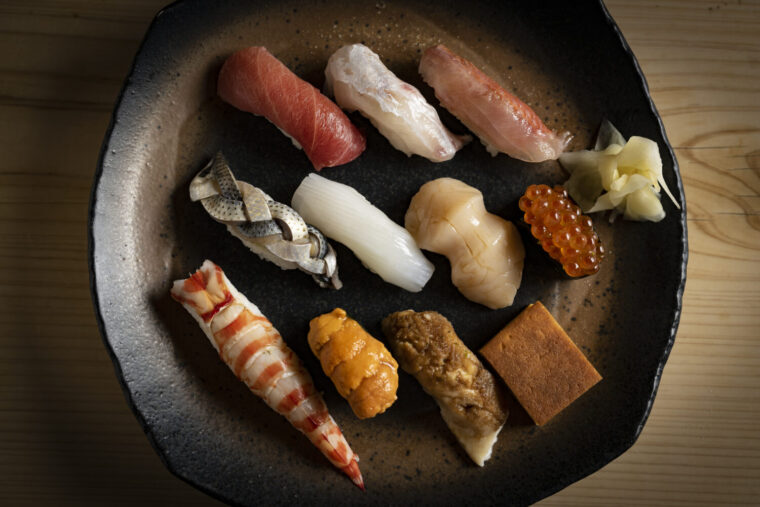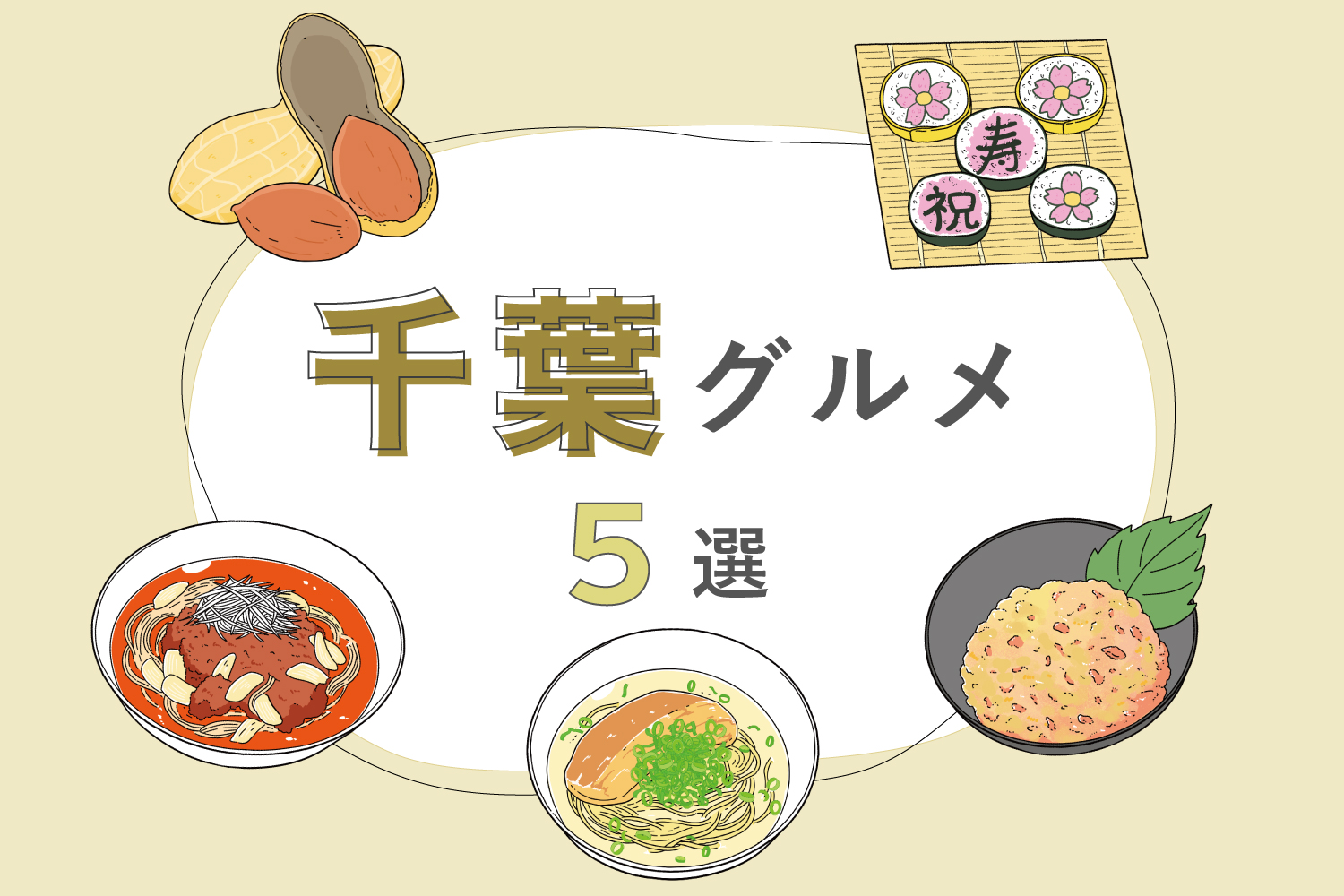
Top 5 Famous Local Foods in Chiba You Must Try – From Katsuura Tantanmen to Futomaki Sushi
Chiba Prefecture is famous as a production area for peanuts, accounting for about 80% of Japan’s domestic output. It is also home to Choshi Port, which boasts the largest catch volume in Japan. Thanks to this, a wide variety of fish such as sardines, Pacific saury, and mackerel are distributed there, allowing you to enjoy dishes made with the freshest seafood!
share:
Table of Contents
One of Chiba’s Three Great Ramen: “Katsuura Tantanmen”
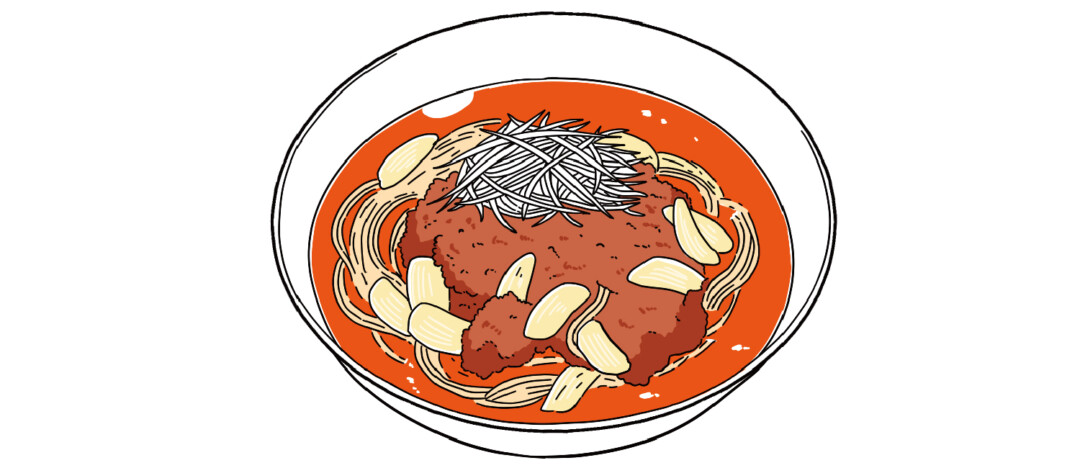
Alongside Takeoka-style Ramen and Ariran Ramen, Katsuura Tantanmen is considered one of the three great ramen of Chiba. It is said that fishermen would eat it after work to warm up their bodies chilled by the winter sea. Unlike the usual style, Katsuura Tantanmen is characterized by its soy sauce-based soup generously topped with chili oil. The typical toppings are minced meat and finely chopped white onions placed on the noodles.
A Pure White Soup! “White Gau Ramen”
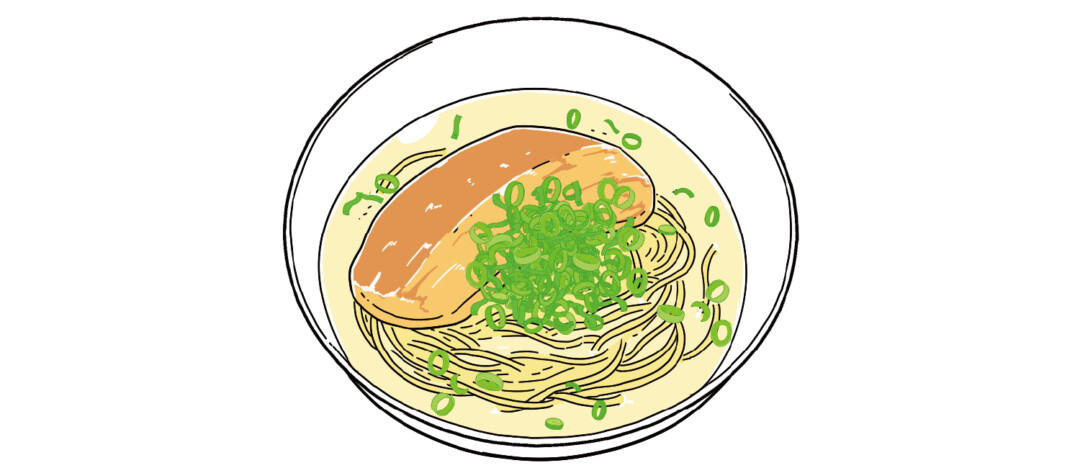
“White Gau Ramen” was born in Sodegaura, Chiba Prefecture, a region thriving in dairy farming. It was invented by a Chinese restaurant at the time that wanted to create a local specialty using milk. The name comes from the pure white soup made from milk and the local mascot “Gaura” of Sodegaura.
The ginger and cheese in White Gau Ramen are essential, as they eliminate the strong flavor of the milk and give the soup a mellow finish.
So Delicious You’ll Lick the Plate Clean: “Namero”
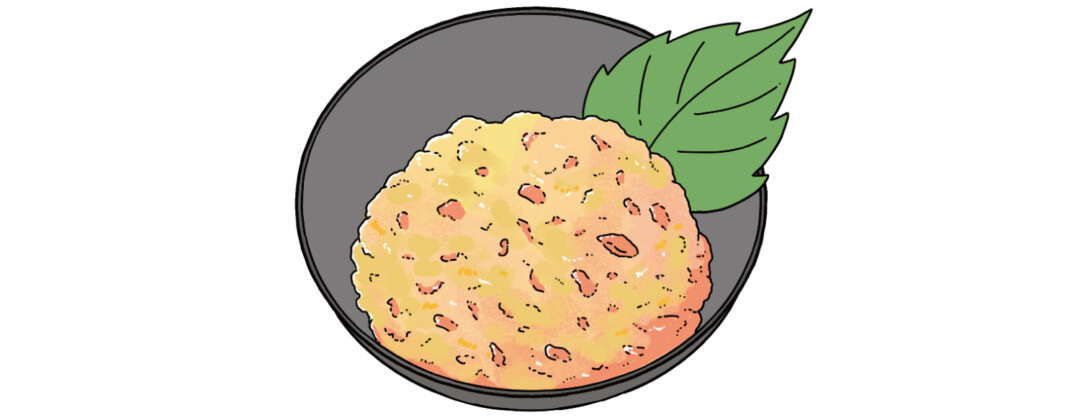
“Namero” was devised by fishermen so it could be prepared even on an unstable boat. The name comes from the idea that it’s so tasty you’d want to lick the plate clean.
The signature dish, “Horse Mackerel Namero,” is made by filleting horse mackerel, removing the skin, and chopping it together with minced ginger, shiso, and miso using the back of a knife. Since soy sauce would spill easily on a rocking boat, miso was used instead. Namero is not only made with horse mackerel but also with bluefish like mackerel or sardines, as well as white fish such as sea bream.
Cute Patterned Sushi: “Futomaki”
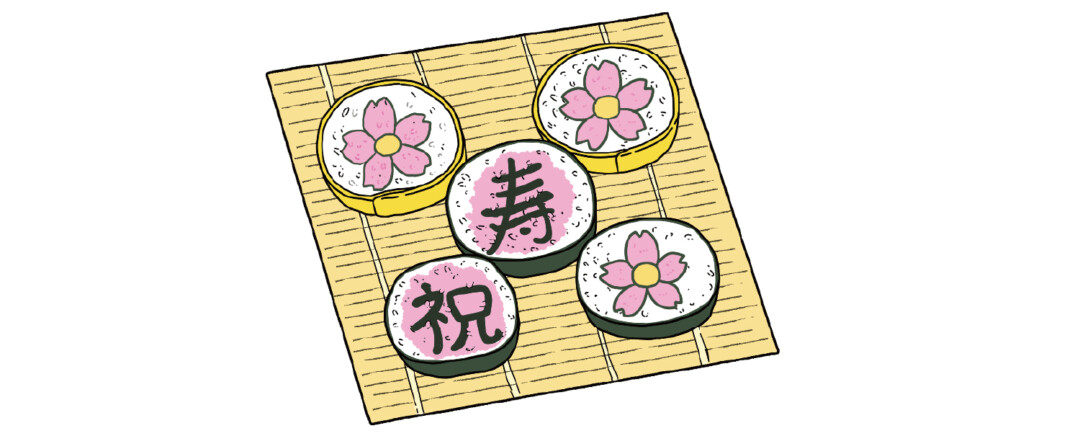
Chiba’s “Futomaki Sushi” is characterized by its decorative cross-sections when sliced. It has been made since the Meiji era, and by the Taisho era, designs such as flowers and spirals became standard. After the war, as the makers of futomaki shifted from men to women, the designs grew even more colorful.
The fillings, such as dried gourd strips, carrots, and pickles, are arranged with vinegared rice and wrapped in seaweed or thin omelet to create the patterns. Futomaki sushi has traditionally been enjoyed on special occasions such as festivals or cherry blossom viewing.
Japan’s No. 1 Producer: “Peanuts”

While about 90% of peanuts distributed in Japan are imported, roughly 80% of the domestically grown ones come from Chiba Prefecture. Thanks to its soil well-suited for peanut cultivation, Chiba became the main production area. The frequent dry winds also contribute to thriving peanut farming. Peanuts are highly nutritious, and research has shown that eating 30 peanuts a day can help reduce the risk of lifestyle-related diseases, drawing attention from around the world.
*The information is based on the time of reporting or creation, and may differ from the current situation.
tags:
share:










